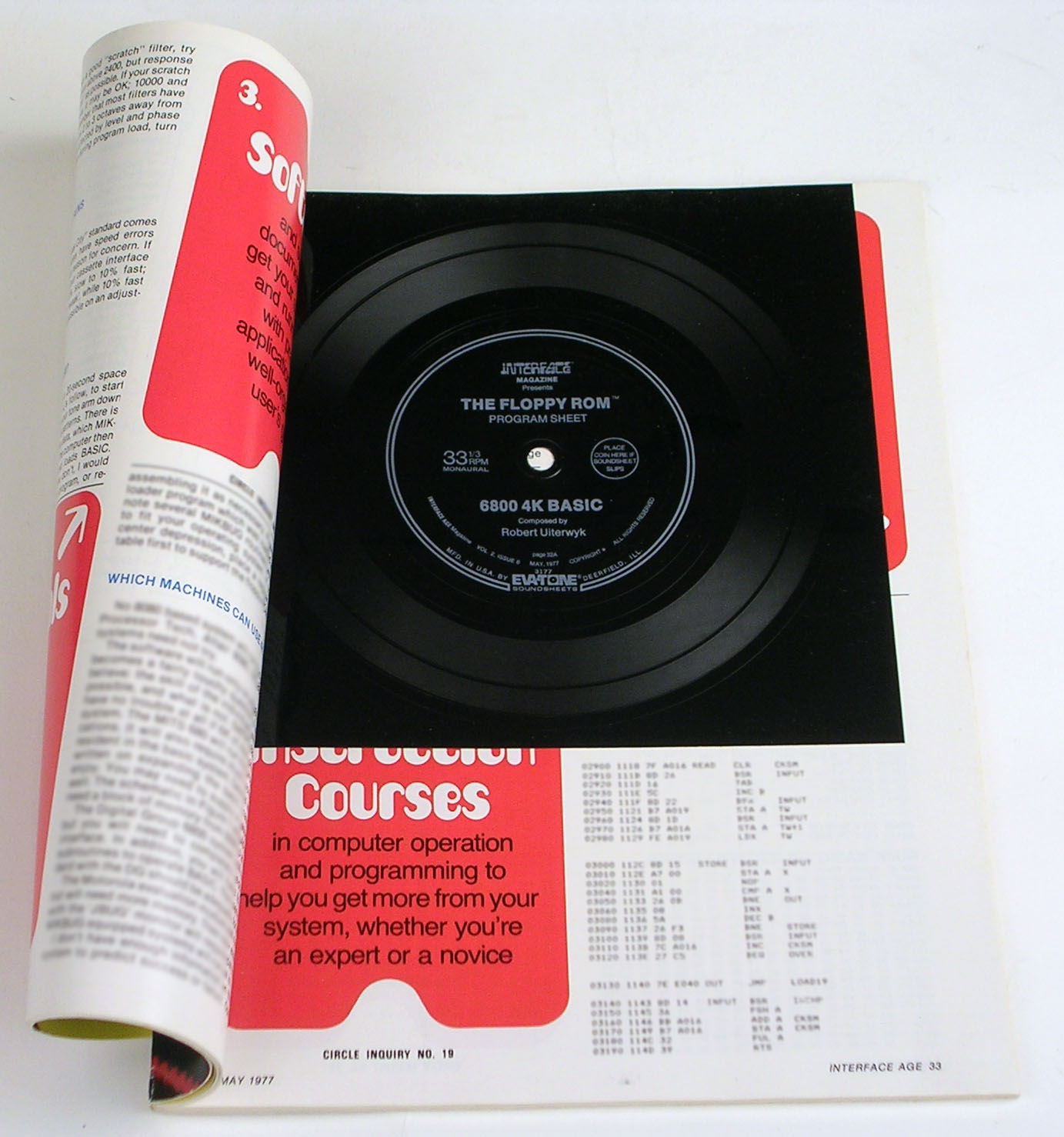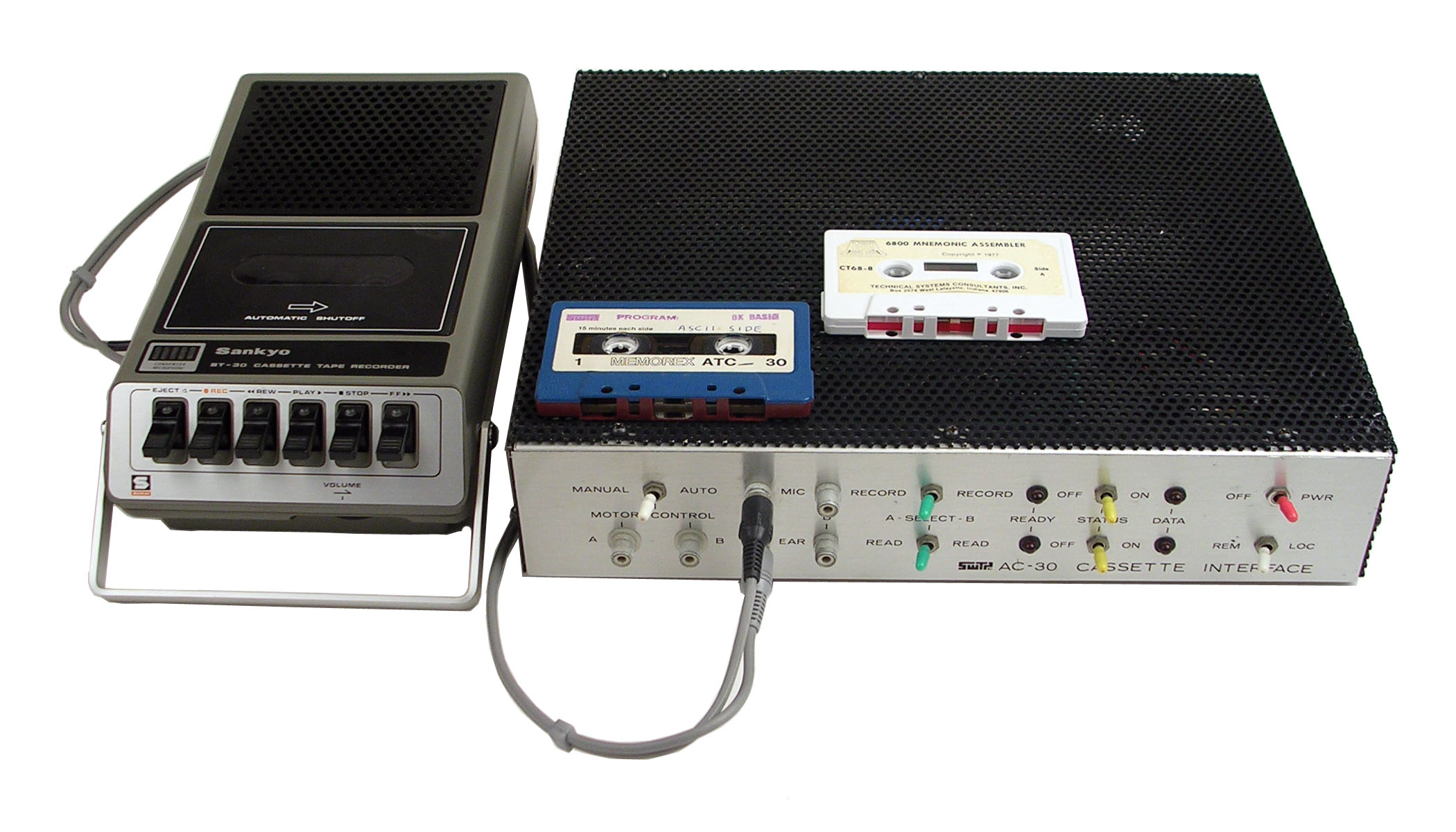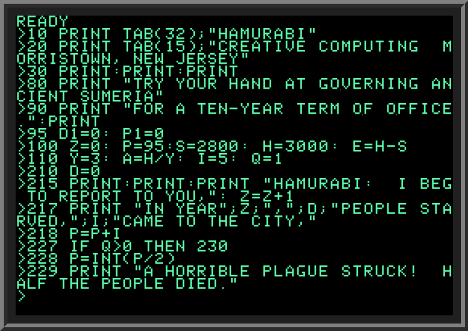|
Interface Age
''Interface Age'', "published for the home computerist", was a computer magazine aimed at the early microcomputer and home computer market. Its first issue was published in August 1976 and the last one in September 1984. It had a technical focus for most of its print run. The magazine started as the newsletter of the Southern California Computer Society, ''SCCS Interface'', which was first published in December 1975. Its publisher, Robert S. Jones, offered to turn it into a professionally produced magazine and established an agreement with the SCCS in which the SCCS would provide a substantial part of the content of the magazine, while Jones would bear the costs of publishing and marketing, with the SCCS sharing in the profits. However, SCCS failed to produce a necessary flow of content, with Jones eventually providing all of the content through his own writers and columnists. Jones ended all connection with the SCCS, and the magazine became simply ''Interface Age''. Its first issu ... [...More Info...] [...Related Items...] OR: [Wikipedia] [Google] [Baidu] |
Computer Magazine
Computer magazines are about computers and related subjects, such as networking and the Internet. Most computer magazines offer (or offered) advice, some offer programming tutorials, reviews of the latest technologies, and advertisements. History 1940s–1950s *'' Mathematics of Computation'' established in 1943, articles about computers began to appear from 1946 (Volume 2, Number 15) to the end of 1954. Scientific journal. *''Digital Computer Newsletter'', (1949–1968), founded by Albert Eugene Smith. *''Computers and Automation'', (1951–1978), was arguably the first computer magazine. It began as ''Roster of Organizations in the Computing Machinery Field'' (1951–1952), and then ''The Computing Machinery Field'' (1952–1953). It was published by Edmund Berkeley. ''Computers and Automation'' held the first Computer Art Contest circa 1963 and maintained a bibliography on computer art starting in 1966. It also included a monthly estimated census of all installed comput ... [...More Info...] [...Related Items...] OR: [Wikipedia] [Google] [Baidu] |
Microcomputer
A microcomputer is a small, relatively inexpensive computer having a central processing unit (CPU) made out of a microprocessor. The computer also includes memory and input/output (I/O) circuitry together mounted on a printed circuit board (PCB). Microcomputers became popular in the 1970s and 1980s with the advent of increasingly powerful microprocessors. The predecessors to these computers, mainframes and minicomputers, were comparatively much larger and more expensive (though indeed present-day mainframes such as the IBM System z machines use one or more custom microprocessors as their CPUs). Many microcomputers (when equipped with a keyboard and screen for input and output) are also personal computers (in the generic sense). An early use of the term ''personal computer'' in 1962 predates microprocessor-based designs. ''(See "Personal Computer: Computers at Companies" reference below)''. A ''microcomputer'' used as an embedded control system may have no human-readable i ... [...More Info...] [...Related Items...] OR: [Wikipedia] [Google] [Baidu] |
BASIC
BASIC (Beginners' All-purpose Symbolic Instruction Code) is a family of general-purpose, high-level programming languages designed for ease of use. The original version was created by John G. Kemeny and Thomas E. Kurtz at Dartmouth College in 1963. They wanted to enable students in non-scientific fields to use computers. At the time, nearly all computers required writing custom software, which only scientists and mathematicians tended to learn. In addition to the program language, Kemeny and Kurtz developed the Dartmouth Time Sharing System (DTSS), which allowed multiple users to edit and run BASIC programs simultaneously on remote terminals. This general model became very popular on minicomputer systems like the PDP-11 and Data General Nova in the late 1960s and early 1970s. Hewlett-Packard produced an entire computer line for this method of operation, introducing the HP2000 series in the late 1960s and continuing sales into the 1980s. Many early video games trace their ... [...More Info...] [...Related Items...] OR: [Wikipedia] [Google] [Baidu] |
Phonograph Record
A phonograph record (also known as a gramophone record, especially in British English), or simply a record, is an analog sound storage medium in the form of a flat disc with an inscribed, modulated spiral groove. The groove usually starts near the periphery and ends near the center of the disc. At first, the discs were commonly made from shellac, with earlier records having a fine abrasive filler mixed in. Starting in the 1940s polyvinyl chloride became common, hence the name vinyl. The phonograph record was the primary medium used for music reproduction throughout the 20th century. It had co-existed with the phonograph cylinder from the late 1880s and had effectively superseded it by around 1912. Records retained the largest market share even when new formats such as the compact cassette were mass-marketed. By the 1980s, digital media, in the form of the compact disc, had gained a larger market share, and the record left the mainstream in 1991. Since the 1990s, records co ... [...More Info...] [...Related Items...] OR: [Wikipedia] [Google] [Baidu] |
Kansas City Standard
The Kansas City standard (KCS), or ''Byte'' standard, is a data storage protocol for standard cassette tapes at . It originated in a symposium sponsored by ''Byte'' magazine in November 1975 in Kansas City, Missouri to develop a standard for the storage of digital microcomputer data on inexpensive consumer quality cassettes. The first systems based on the standard appeared in 1976. One variation on the basic standard is CUTS, which is identical at 300 bit/s, but with an optional 1200 bit/s mode. CUTS is the default encoding used by several later machine families, including those from Acorn and the MSX. MSX added a higher 2400 bit/s mode that is otherwise similar. The 1200 bit/s mode of CUTS was used as the standard for cross-platform BASICODE distribution. KCS originated from the earliest days of the microcomputer revolution, among other prolific protocols. Most home computers of the era have unique formats that are incompatible with anything. History ... [...More Info...] [...Related Items...] OR: [Wikipedia] [Google] [Baidu] |
Tiny BASIC
Tiny BASIC is a family of dialects of the BASIC programming language that can fit into 4 or fewer KBs of memory. Tiny BASIC was designed in response to the open letter published by Bill Gates complaining about users pirating Altair BASIC, which sold for $150. Tiny BASIC was intended to be a completely free version of BASIC that would run on the same early microcomputers. Tiny BASIC was released as a specification, not an implementation, published in the September 1975 issue of the People's Computer Company (PCC) newsletter. The article invited programmers to implement it on their machines and send the resulting assembler language implementation back for inclusion in a series of three planned newsletters. Li-Chen Wang, author of Palo Alto Tiny BASIC, coined the term "copyleft" to describe this concept. The community response was so overwhelming that the newsletter was relaunched as Dr. Dobb's Journal, the first regular periodical to focus on microcomputer software. Dr. Dobb's ... [...More Info...] [...Related Items...] OR: [Wikipedia] [Google] [Baidu] |
BASIC Interpreter
A BASIC interpreter is an interpreter that enables users to enter and run programs in the BASIC language and was, for the first part of the microcomputer era, the default application that computers would launch. Users were expected to use the BASIC interpreter to type in programs or to load programs from storage (initially cassette tapes then floppy disks). BASIC interpreters are of historical importance. Microsoft's first product for sale was a BASIC interpreter (Altair BASIC), which paved the way for the company's success. Before Altair BASIC, microcomputers were sold as kits that needed to be programmed in machine code (for instance, the Apple I). During the Altair period, BASIC interpreters were sold separately, becoming the first software sold to individuals rather than to organizations; Apple BASIC was Apple's first software product. After the MITS Altair 8800, microcomputers were expected to ship bundled with BASIC interpreters of their own (e.g., the Apple II, which had ... [...More Info...] [...Related Items...] OR: [Wikipedia] [Google] [Baidu] |
1976 Establishments In California
Events January * January 3 – The International Covenant on Economic, Social and Cultural Rights enters into force. * January 5 – The Pol Pot regime proclaims a new constitution for Democratic Kampuchea. * January 11 – The 1976 Philadelphia Flyers–Red Army game results in a 4–1 victory for the National Hockey League's Philadelphia Flyers over HC CSKA Moscow of the Soviet Union. * January 16 – The trial against jailed members of the Red Army Faction (the West German extreme-left militant Baader–Meinhof Group) begins in Stuttgart. * January 18 ** Full diplomatic relations are established between Bangladesh and Pakistan 5 years after the Bangladesh Liberation War. ** The Scottish Labour Party is formed as a breakaway from the UK-wide party. ** Super Bowl X in American football: The Pittsburgh Steelers defeat the Dallas Cowboys, 21–17, in Miami. * January 21 – First commercial Concorde flight, from London to Bahrain. * January 27 ** The United S ... [...More Info...] [...Related Items...] OR: [Wikipedia] [Google] [Baidu] |
1984 Disestablishments In California
Events January * January 1 – The Bornean Sultanate of Brunei gains full independence from the United Kingdom, having become a British protectorate in 1888. * January 7 – Brunei becomes the sixth member of the Association of Southeast Asian Nations (ASEAN). * January 10 ** The United States and the Vatican (Holy See) restore full diplomatic relations. ** The Victoria Agreement is signed, institutionalising the Indian Ocean Commission. *January 24 – Steve Jobs launches the Macintosh personal computer in the United States. February * February 3 ** Dr. John Buster and the research team at Harbor–UCLA Medical Center announce history's first embryo transfer from one woman to another, resulting in a live birth. ** STS-41-B: Space Shuttle ''Challenger'' is launched on the 10th Space Shuttle mission. * February 7 – Astronauts Bruce McCandless II and Robert L. Stewart make the first untethered space walk. * February 8– 19 – The 1984 Winter Olympics are held in Sarajev ... [...More Info...] [...Related Items...] OR: [Wikipedia] [Google] [Baidu] |
Defunct Computer Magazines Published In The United States
Defunct (no longer in use or active) may refer to: * ''Defunct'' (video game), 2014 * Zombie process or defunct process, in Unix-like operating systems See also * * :Former entities * End-of-life product An end-of-life product (EOL product) is a product at the end of the product lifecycle which prevents users from receiving updates, indicating that the product is at the end of its useful life (from the vendor's point of view). At this stage, a ... * Obsolescence {{Disambiguation ... [...More Info...] [...Related Items...] OR: [Wikipedia] [Google] [Baidu] |







